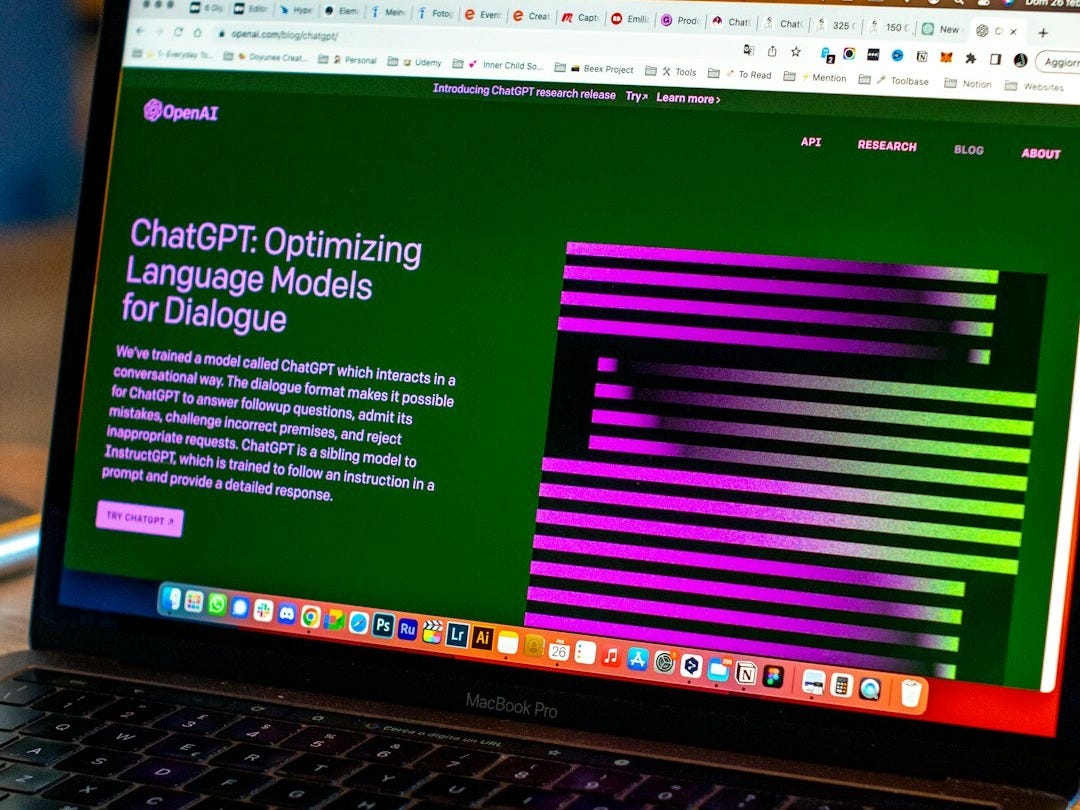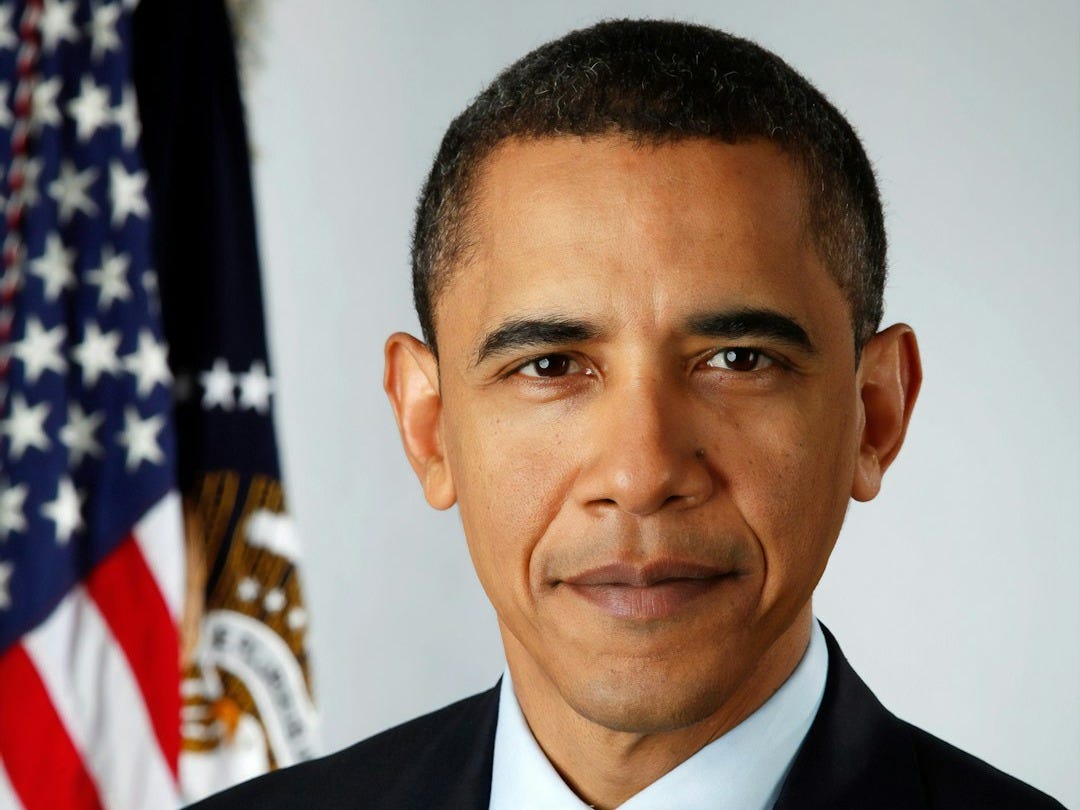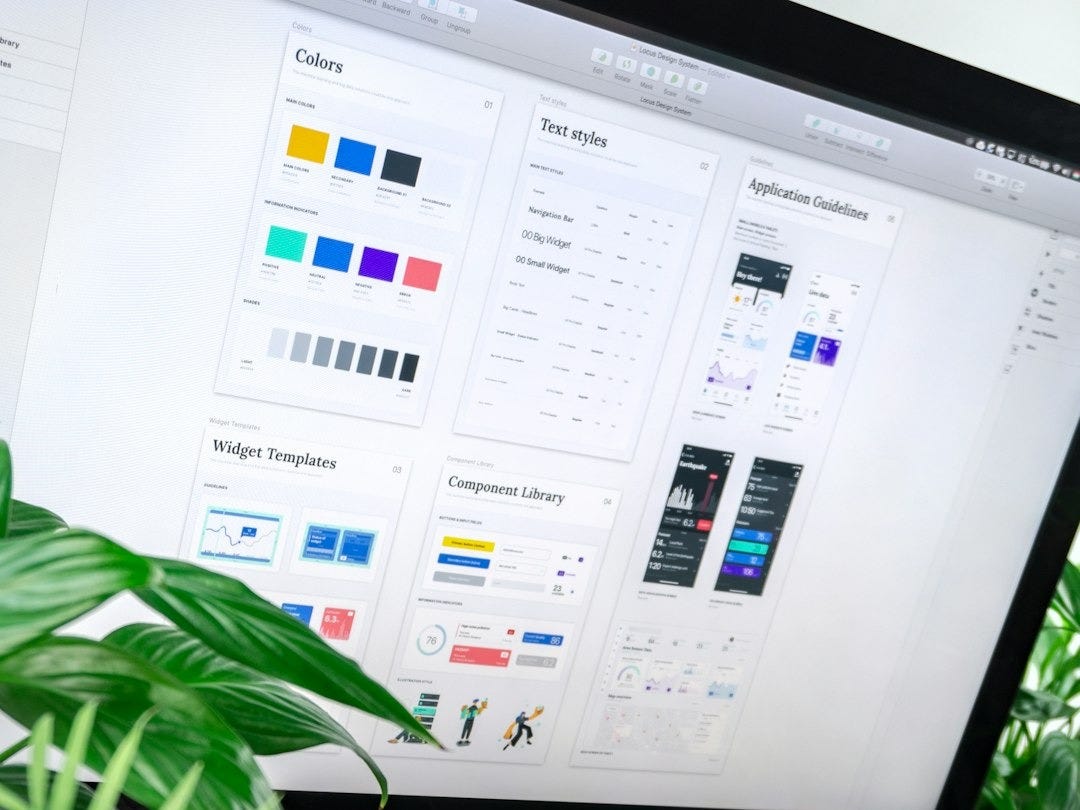Art exists in a fascinating space where creators and consumers engage in a meaningful exchange. Its value isn’t simply about personal taste or aesthetic appeal; it lies in the emotional and intellectual impact it has on people, the dialogue it sparks, and the way it reflects or influences society. But beyond this relationship between creator and consumer, art has its own voice—it takes on a life independent of both. Whether it’s political, digital, or creative in another sense, art has the power to shape conversations, challenge norms, and reflect the times in which it is made.

To understand the value of art, we have to look at it from multiple angles: as a dialogue between creator and consumer, as an entity with its own presence, and as a tool for influence in fields like politics and even artificial intelligence. Each perspective adds a layer to our understanding of what makes art valuable, both to individuals and society as a whole.
Art as a Two-Way Exchange
When you engage with art, whether it’s a painting, a product design, or an interactive website, you’re part of a conversation. As a consumer, you’re responding to the choices the creator has made—whether consciously or subconsciously. Maybe it’s the color scheme of a political campaign’s logo, or the simplicity of a brand’s design that makes you feel more connected to its message. But these responses aren’t purely automatic; they depend on your willingness to engage. Art is only as effective as the consumer’s openness to its meaning.
Take, for instance, the way political campaigns use art. It’s not just about presenting an image of a candidate; it’s about using design, colors, and messaging to shape how voters feel about the future of their country. The mood of a campaign—whether it evokes hope, fear, or nostalgia—often reflects the anxieties and aspirations of the moment. When consumers respond to these visual cues, they are playing an active role in shaping the narrative of a candidate’s administration, even before the candidate is elected. This dialogue between creator (the campaign team) and consumer (the voters) is an essential part of how political art operates, and the value it brings is in guiding public sentiment in powerful ways.
As a creator, the process is more deliberate. You don’t just choose colors or shapes randomly; you select them because of the feelings they invoke, or because they align with the message you want to send. For example, a tech company may lean toward sleek, minimalist design to convey innovation and simplicity, just as a political campaign may use certain fonts and color schemes to align with ideas of patriotism or progress. The techniques you choose—whether inspired by past art that resonated with you or ideas you’ve developed over time—are meant to provoke specific responses. The value of art, then, lies in this ability to communicate emotion, provoke thought, and shape perspectives.

Art as a Statement
Once art is created, it becomes an entity in its own right. It no longer just reflects the artist’s intentions or the consumer’s response; it becomes something that exists in the world, a statement that stands apart from both its creator and its audience. Think of iconic images like Shepard Fairey’s “Hope” poster of Barack Obama, or the sharp, satirical political cartoons that define entire eras. These pieces of art aren't just consumed—they ignite debates, spark movements, and even alter the course of public discourse.
Political cartoons are a perfect example of art as a statement. While they are often humorous or exaggerated, their underlying commentary is potent. They reflect the tensions, criticisms, and challenges of the time in a way that’s instantly accessible to a wide audience. When a political cartoon captures a scandal, or mocks a policy, it doesn’t just offer a joke—it makes a statement about the state of governance, society, or morality. For the consumer, the value lies in the immediate clarity it offers; for the creator, the value lies in being able to influence how people perceive current events.
Art’s ability to serve as a statement is also evident in architectural works, like those of Frank Gehry or Zaha Hadid. These buildings don’t just house people or serve functions; they make bold declarations about how we live, how space influences us, and how modernity can be reimagined. This is where the value of art becomes intertwined with culture itself. The Guggenheim Museum in Bilbao, for example, is more than just a building—it is a declaration of how architecture can elevate a city’s identity and its cultural standing. When art reaches this level, it transcends its original purpose and takes on new meaning, contributing to dialogues that shape how societies see themselves.
The Role of AI in the Art Conversation
In today’s digital world, artificial intelligence (AI) is becoming a more prominent creator of art. But this raises an important question: Can AI-generated art hold the same value as art created by humans? Does it matter if the art is original, or if it’s borrowing styles and choices from past artists? These questions lead us to reconsider what we value in art.

AI can now generate images, write music, and even create entire design systems based on algorithms. It can analyze patterns, predict what colors or styles might appeal to certain demographics, and even replicate famous artists' techniques. But this process is fundamentally different from how human creators work. AI doesn’t feel emotions or experience the world the way humans do, and while it may produce work that looks aesthetically pleasing, the conversation shifts to the technology itself—whether what it’s producing is legitimate or just a replication of past human work.
When an AI generates a painting, it’s pulling from data—choices that have been made by artists before. The value of this art, then, isn’t so much about the originality of the work but about the ethical and intellectual questions it raises. Are we comfortable with the idea that art, traditionally a deeply human form of expression, can be automated? Or does this diminish the value of art by reducing it to data points and algorithms? AI art shifts the conversation away from the art itself and onto the nature of creativity, authenticity, and the role of human emotion in creation.
As consumers, we need to decide how we respond to this. Some may view AI-generated art as another tool in the creative process, much like a paintbrush or a camera. Others may see it as a shortcut, devoid of the intentionality and personal experience that gives human-made art its true value. This conversation about AI in art, then, is part of the evolving narrative of how we understand creativity and its place in society.
Art’s Role in Politics and Society
Art doesn’t just shape our personal lives—it plays a critical role in how societies and governments present themselves. Political campaigns, for example, use art to project the tone of their candidate’s administration long before a vote is cast. Whether it’s the imagery in campaign ads, the design of election posters, or the color schemes used in rallies, the choices are carefully crafted to convey a message about the future.
In 2008, Barack Obama’s campaign used the now-famous “Hope” poster to create a feeling of optimism and change. The image wasn’t just about the candidate—it was about the vision for the country, a future that voters could believe in. That single piece of art became emblematic of an entire political movement. Art’s value in this context lies in its ability to quickly and effectively communicate complex ideas and emotions to a broad audience.

Contrast this with political art during times of crisis, where artists use their work to critique or challenge those in power. The art of dissent, whether it’s street art or online memes, often gains momentum during times of political unrest. Here, art becomes a form of resistance, its value tied to its ability to convey a message that resonates with a disillusioned public. The way a political administration is viewed directly influences the art that emerges during its tenure. Whether hopeful or critical, the art of the time reflects the tone of the government in power.
Design: The Hidden Art in Everyday Life
Art is not limited to what we see in galleries or on television screens. It surrounds us in nearly every aspect of daily life, embedded in the design of the products we use, the spaces we navigate, and even the infrastructure that connects us. From the shape of a doorknob to the layout of a city’s highways, design is an extension of art that shapes our experiences in subtle but impactful ways.
Think about the screen on your phone, the arrangement of icons, the color schemes, and the tactile feedback you get when interacting with it. All of these elements are designed to provide a seamless, enjoyable experience that blends function with aesthetic pleasure. But design’s influence extends far beyond gadgets. Consider something as simple as a highway. The curves, signage, and even the color of the lines are all carefully thought out to guide you smoothly, ensuring both safety and efficiency. Even though we often don’t think about it, we are constantly interacting with art in the form of design.

This omnipresence of design in everyday life reinforces the idea that art isn’t just something to be viewed or admired—it’s something we live with, something that actively shapes how we feel and interact with the world. For both creators and consumers, the design is an essential form of art that creates value by making life more intuitive, comfortable, and visually engaging.
The Value of Art in a Changing World
The value of art lies in its ability to provoke thought, stir emotion, and influence culture. For the consumer, it offers a way to connect with ideas, feelings, and experiences. But that connection only happens when we’re open to it. Art doesn’t just wash over us—we have to engage with it, reflect on it, and let it shape how we see the world.
For the creator, art is a way to communicate, to express something personal in a way that will resonate with others. Every color, shape, or pattern is chosen with care, not just to look good but to evoke a response. The hope is always that the choices made will connect with others, creating a shared experience.
And yet, art itself is more than just the sum of these interactions. It becomes a statement, a conversation, an evolving entity that can influence and be influenced by the times. Whether it’s through the precision of AI, the critique of political cartoons, or the vision of a groundbreaking building, art shapes the way we think, feel, and understand the world around us.
In a world that’s constantly changing, art remains a powerful force—connecting us to each other, challenging our views, and sparking the conversations that move society forward.


